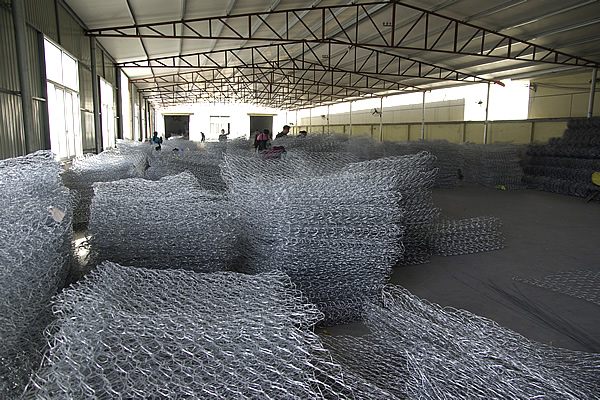 TEL:
+86-13102802206
TEL:
+86-13102802206
 Email:
fencenetting@china.com
Email:
fencenetting@china.com
 Language
Language
 TEL:
+86-13102802206
TEL:
+86-13102802206
 Email:
fencenetting@china.com
Email:
fencenetting@china.com
 Language
Language


The Importance of Construction Security Fencing
Construction sites are inherently hazardous environments, not only for workers but also for the general public. As such, ensuring the safety and security of these locations becomes paramount. One of the most effective ways to safeguard a construction site is through the implementation of construction security fencing. This article will explore the significance of security fencing, its benefits, and various types available to contractors.
Why Construction Security Fencing is Essential
Construction projects often involve substantial investments in terms of money, materials, and labor. Consequently, they can attract unwanted attention from thieves and trespassers. Security fencing serves as a first line of defense, deterring potential threats and preventing unauthorized access. By clearly marking the boundaries of a construction site, security fencing reduces the risk of accidents, theft, and vandalism.
Moreover, the presence of security fencing can enhance the overall safety of the site. With a proper barrier in place, the likelihood of accidents involving pedestrians, children, or animals decreases significantly. It acts as a protective measure, ensuring that only authorized personnel can enter the premises, thereby safeguarding both human lives and valuable machinery.
Benefits of Construction Security Fencing
1. Deterrent to Theft and Vandalism One of the primary benefits of security fencing is its ability to deter crime. A well-constructed fence can discourage would-be thieves from targeting equipment and materials, which can be costly to replace.
2. Defined Perimeter Fencing creates a clear boundary around the construction site, preventing uninvited guests from wandering onto the premises. This not only protects equipment but also ensures the safety of passerby and workers.
3. Compliance with Regulations Many local governments require construction sites to have security measures in place, including fencing. Compliance with these regulations not only avoids legal issues but also demonstrates a commitment to safety.

4. Increased Productivity With a secure environment, workers can focus on their tasks without the distraction of safety concerns regarding unauthorized individuals. This can lead to enhanced productivity and morale among the workforce.
5. Customization Options Construction security fencing is versatile and can be customized to meet specific project needs. Whether it’s temporary chain link fencing or more robust options, contractors have various materials and designs to choose from.
Types of Construction Security Fencing
1. Chain Link Fencing One of the most common types of security fencing, chain link fencing offers visibility and durability. It is relatively easy to install and can be topped with barbed wire for added security.
2. Mesh Fencing This type of fencing provides similar benefits to chain link fencing but offers greater flexibility in terms of height and design. Mesh fencing is lightweight and can be easily transported and reconfigured as needed.
3. Panel Fencing Constructed from solid panels, this option provides superior privacy and security. It is often used in high-security environments where theft is a significant concern.
4. Temporary Fencing Ideal for short-term projects, temporary fencing can be quickly erected and dismantled. It offers a cost-effective solution for securing a site without permanent structures.
5. Belt and Chain Fences These are highly visible options that can control access to a site while also acting as a psychological deterrent against trespassers.
In conclusion, construction security fencing is an indispensable aspect of site management. By providing physical barriers, it safeguards valuable resources, delineates property boundaries, and enhances overall safety. Contractors should carefully assess their security needs and choose the most appropriate fencing option to protect their investment while fostering a secure environment for their workforce.